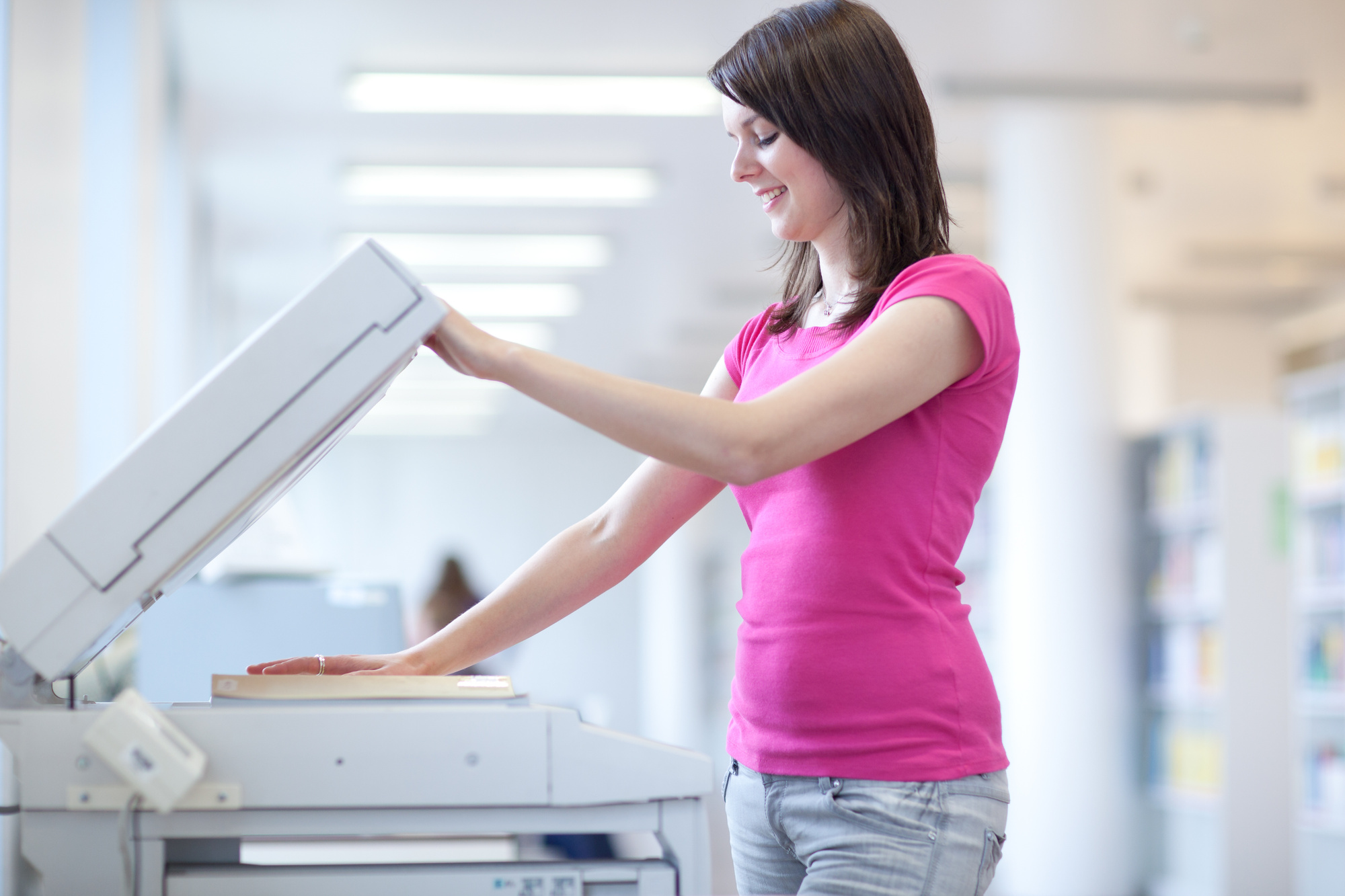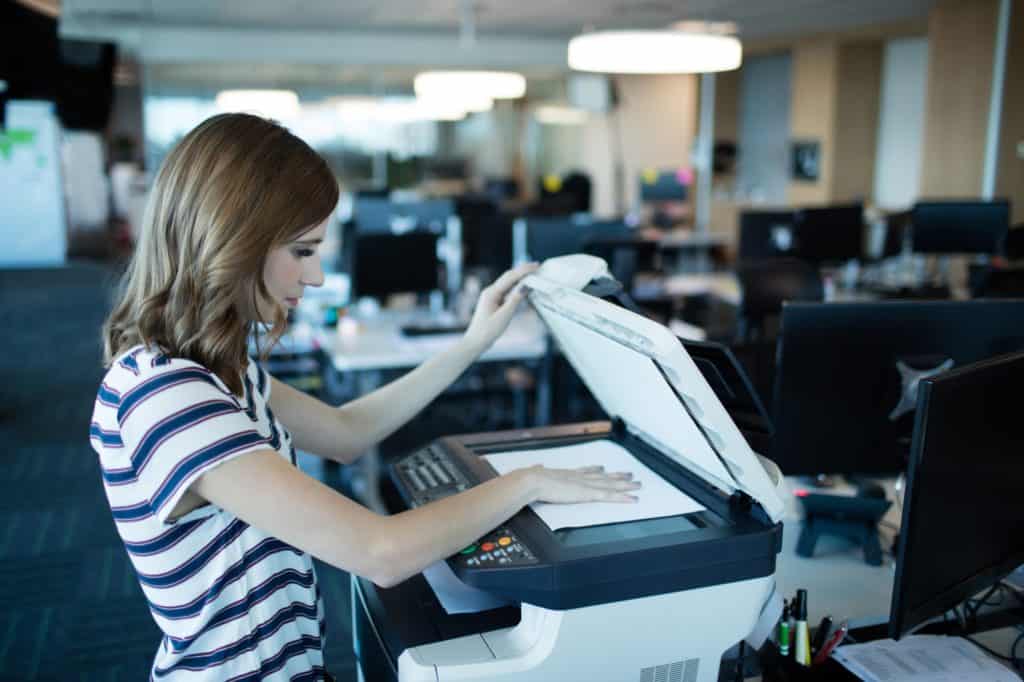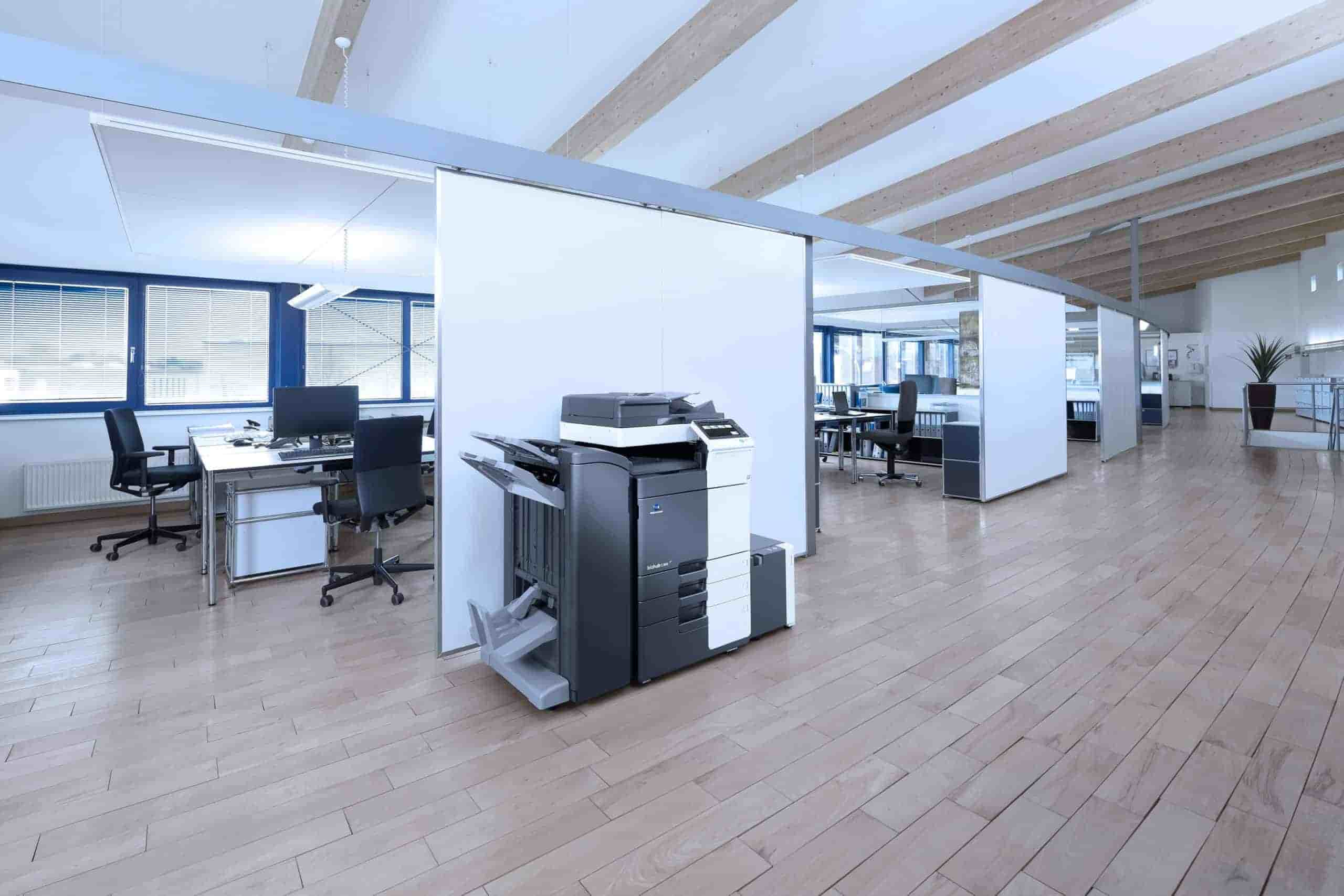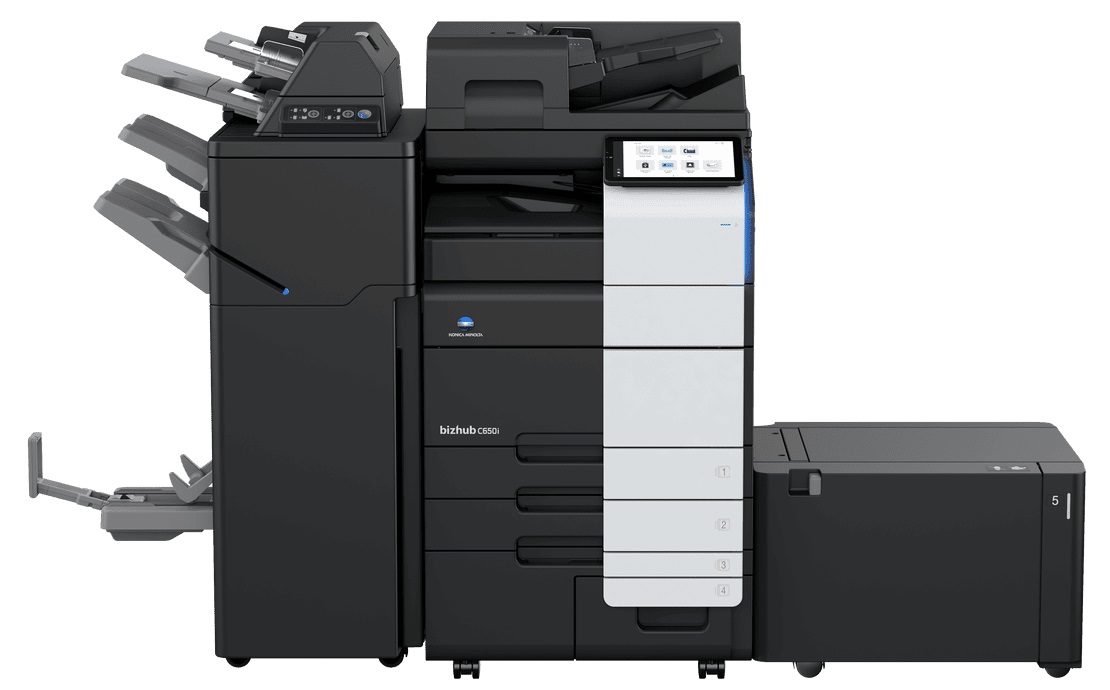
Table of Contents
Understanding Printer Leasing
Introduction
Having the right equipment is crucial for success. One such piece of equipment that plays a vital role in many businesses is the printer. However, acquiring a printer can be a significant investment, especially for small businesses or startups. This is where printer leasing comes into play. Understanding the ins and outs of printer leasing can help businesses make informed decisions and potentially save money in the long run.
What is Printer Leasing?
Printer leasing is a service provided by leasing companies that allow businesses to use a printer for a specified period in exchange for regular payments. The leasing company retains ownership of the printer, but the business has the right to use it.
Leasing a printer works much like leasing a car. You choose the printer model that suits your business needs, agree on the lease terms (usually ranging from one to five years), and then make monthly or quarterly payments for the duration of the lease. At the end of the lease term, you have the option to return the printer, upgrade to a new model, or sometimes purchase the printer outright.
Leasing a printer can be a viable option for businesses that need high-quality printers but don’t want to invest a large sum upfront. It also provides flexibility, as you can upgrade or change your printer as your business needs evolve.
Pros and Cons of Leasing a Printer
Like any business decision, leasing a printer has its pros and cons.
Benefits of leasing a printer:
- Cost-effectiveness: Leasing allows businesses to spread the cost of a printer over a period, making it more affordable than buying outright.
- Up-to-date technology: Leasing gives businesses the flexibility to upgrade to newer models, ensuring they always have access to the latest technology.
- Maintenance and support: Most lease agreements include maintenance and support services, reducing the worry about printer repairs or servicing.
Drawbacks of leasing a printer:
- Long-term cost: Over the long term, the total cost of leasing can exceed the cost of buying a printer outright.
- Commitment: Leasing contracts can be difficult to break without incurring penalties.
Factors to Consider When Leasing a Printer
When considering leasing a printer, there are several factors to keep in mind:
- Printer needs and requirements: Consider the volume and quality of printing your business requires. This will help determine the type of printer you need and the cost of the lease.
- Cost-effectiveness: Compare the cost of leasing versus buying a printer to determine which option is more cost-effective for your business.
- Maintenance and support: Check if the lease agreement includes maintenance and support services. This can save you time and money on printer repairs.
Leasing vs Buying a Printer
The decision to lease or buy a printer depends on your business needs and financial situation.
Equipment leasing can be more beneficial if your business requires the latest technology, needs to conserve cash flow, or wants to avoid the hassle of maintaining and repairing printers. On the other hand, buying a printer can be a better option if your printing needs are stable and predictable, and you want to avoid long-term financial commitments.
In conclusion, understanding printer leasing can help businesses make informed decisions that align with their needs and financial capabilities. Whether you choose to lease or buy, the most important thing is to select the option that provides the most value to your business.
HP’s Guide on Leasing or Buying Office Printers and Xerox’s Printer and Copier Rental Services are excellent resources for further reading on this topic.

Navigating the Printer Leasing Process
Steps to lease a copier or printer
Leasing a copier and printer is not as daunting as it may seem. Here are the steps you can expect during the process:
- Identify Your Needs: Determine what type of printer you need. Consider factors like the volume of printing, whether you need color or monochrome printing, and whether you need a multifunction printer that can also scan and copy.
- Find a Leasing Company: Look for reputable leasing companies that offer the type of printer you need. Check their terms and conditions and make sure they offer fair prices.
- Understand the Lease Terms: Before signing anything, make sure you understand the lease terms. This includes the length of the lease, the monthly cost, and what happens at the end of the lease.
- Sign the Lease: Once you’re comfortable with the terms, you can sign the lease and start using the printer.
Questions to Ask When Leasing a Printer
When leasing a printer, it’s important to ask the right questions to ensure you’re getting a fair deal. Here are some questions you might want to ask:
- What is included in the monthly cost? Does it include maintenance and ink cartridges, or are those additional costs?
- What happens if the printer needs repairs? Is there an on-site service contract included in the lease?
- What happens at the end of the lease? Do I have the option to buy or lease the printer outright, or do I need to return it?
Understanding the answers to these questions can help you make the right decision for your business.
What Happens at the End of a Printer Lease?
At the end of a printer lease, you typically have a few options:
- Return the Printer: You can return the printer to the leasing company and end the lease.
- Buy the Printer: Some leases offer the option to buy the printer at the end of the lease for its fair market value.
- Renew the Lease: If you’re happy with the printer, you can often renew the lease for another term.
The best option depends on your business needs and financial situation.
Case Study: Successful Office Printer Leasing
To illustrate the benefits of printer leasing, let’s look at a hypothetical small business. This business needed a high-quality printer but didn’t have the cash flow to buy one outright. They decided to lease a printer from a reputable leasing company.
The lease included maintenance and support, which saved the business time and money on printer repairs. The monthly cost was manageable and allowed the business to better manage its cash flow. At the end of the lease, the business chose to upgrade to a newer model, ensuring they always had access to the latest technology.
Conclusion
Leasing a printer or copier can be a cost-effective solution for businesses that need high-quality printing but don’t want to invest a large sum upfront. By understanding the leasing process and asking the right questions, businesses can find a leasing program that suits their needs and budget.
However, it’s important to carefully consider the advantages and disadvantages of leasing versus buying a printer. In some cases, buying a printer outright may be more cost-effective in the long run. In other cases, leasing may provide more flexibility and access to the latest technology.
In the end, the decision to lease or buy a printer should be based on your business’s unique needs and financial situation. Whether you choose to lease or buy, the most important thing is to select the option that provides the most value to your business.
Ready to take the next step? Contact Supreme Office Technology provider today and discover how printer leasing can benefit your business. Don’t wait, the perfect printer solution is just a call away or request your quote online.
How does leasing a printer work?
Leasing a printer works much like leasing a car. You choose the printer model that suits your business needs, agree on the lease terms, and then make monthly or quarterly payments for the duration of the lease. At the end of the lease term, you have the option to return the printer, upgrade to a new model, or sometimes purchase the printer outright.
What are the benefits of leasing a printer?
Leasing a printer can be more affordable than buying outright, as the cost is spread over a period. It also provides flexibility, as you can upgrade or change your printer as your business needs evolve. Most lease agreements include maintenance and support services, reducing the worry about printer repairs or servicing.
What questions to ask when leasing a printer?
Important questions to ask when leasing a printer include: What is included in the monthly cost? Does it include maintenance and ink cartridges, or are those additional costs? What happens if the printer needs repairs? Is there an on-site service contract included in the lease? What happens at the end of the lease? Do I have the option to buy the printer outright, or do I need to return it?
What happens at the end of a copier lease?
At the end of a copier lease, you typically have a few options: You can return the office copier to the leasing company and end the lease, buy the copier at its fair market value, or renew the lease for another term.



